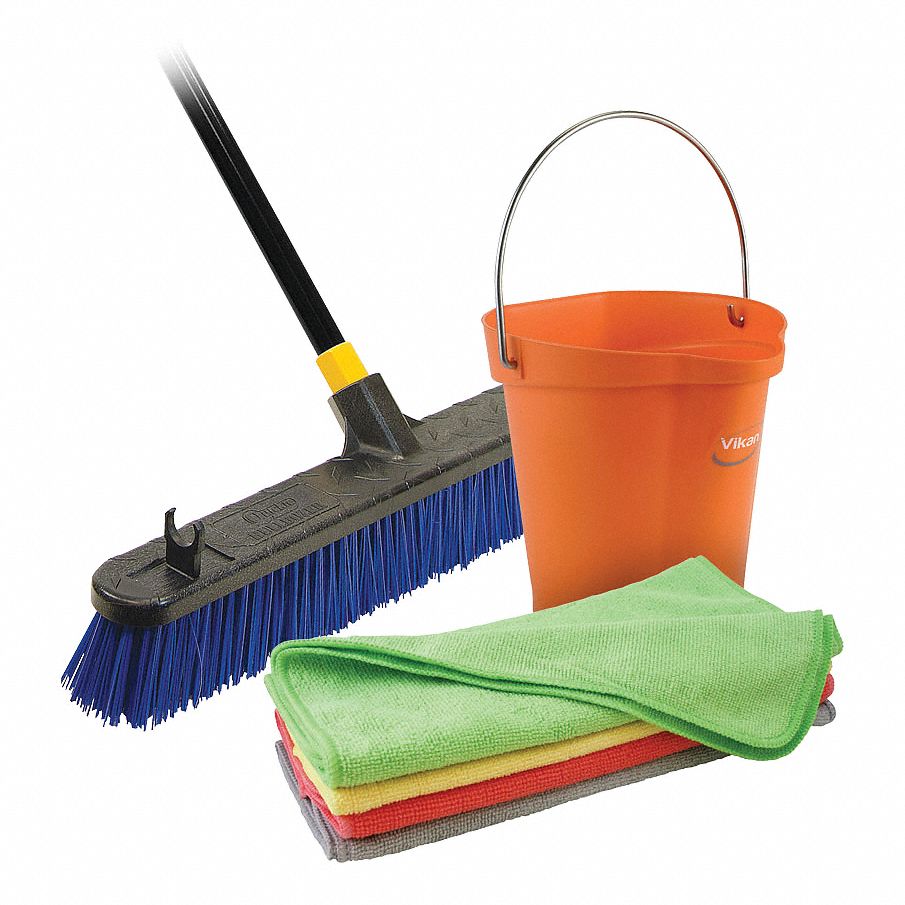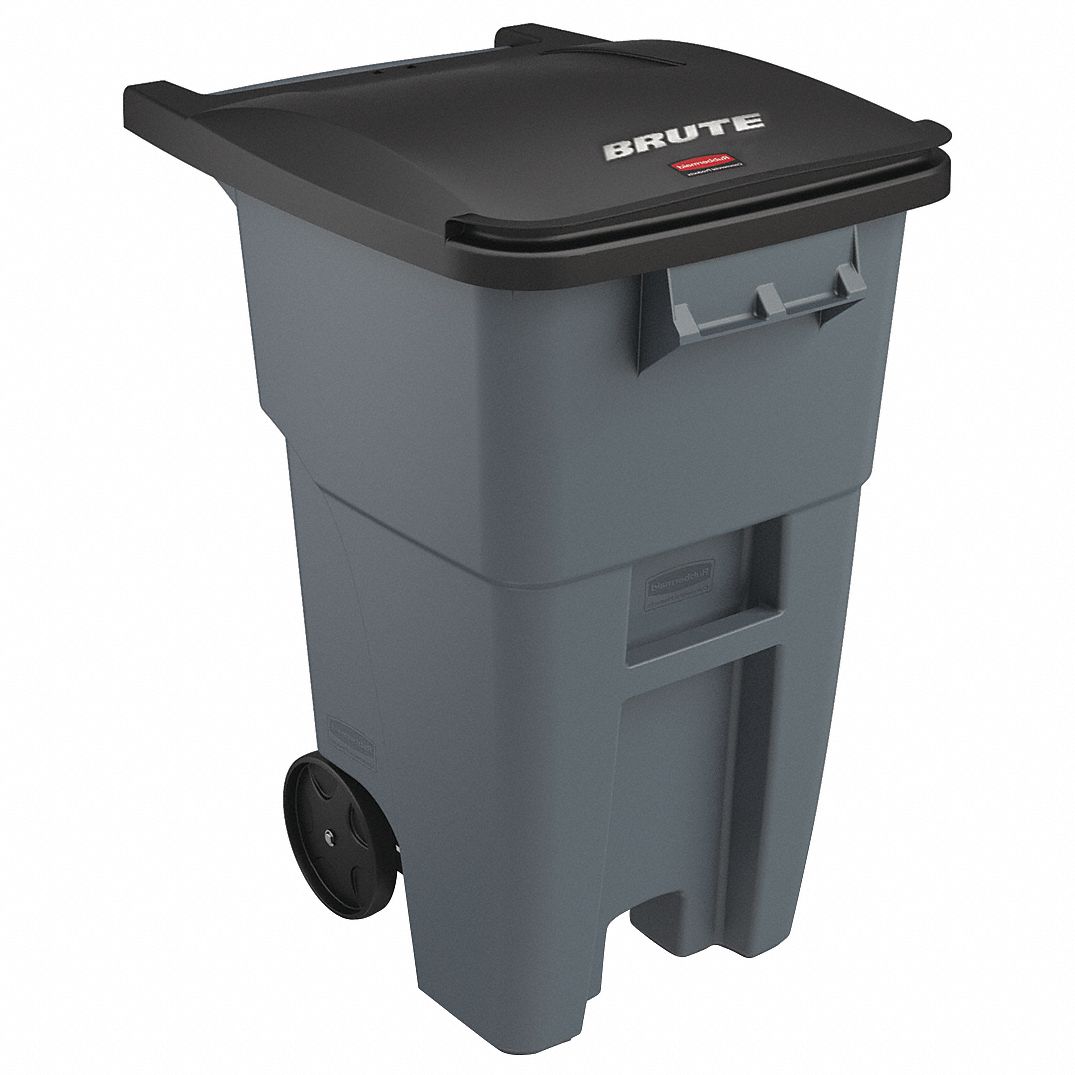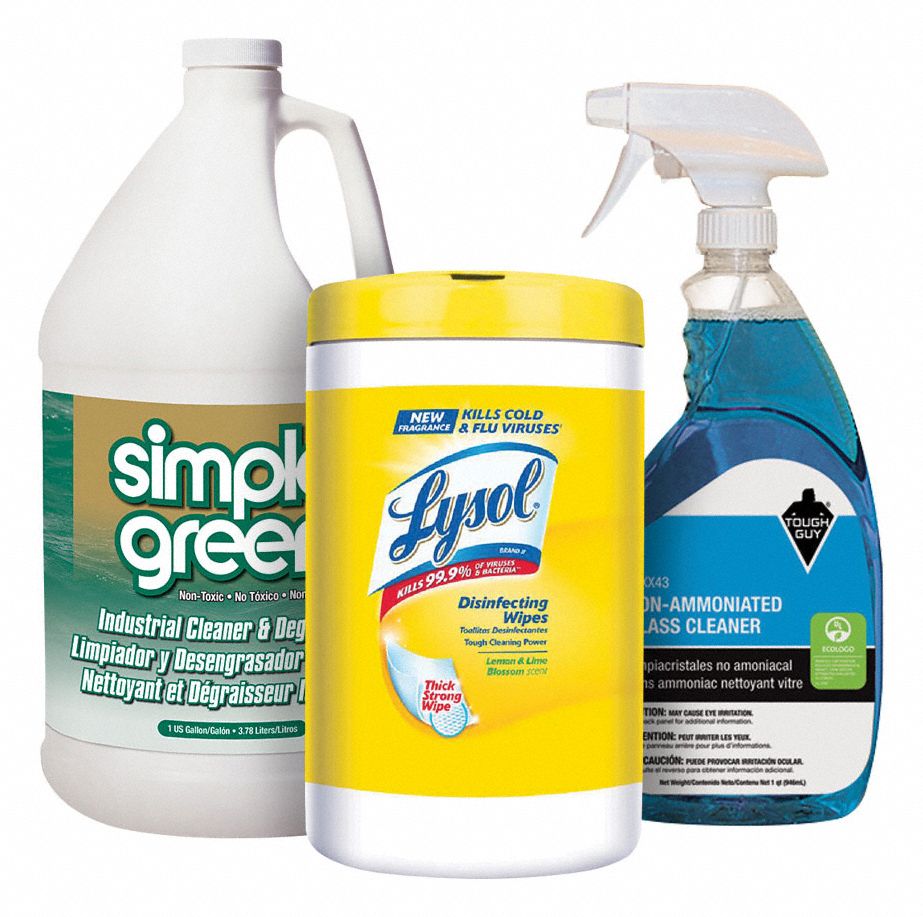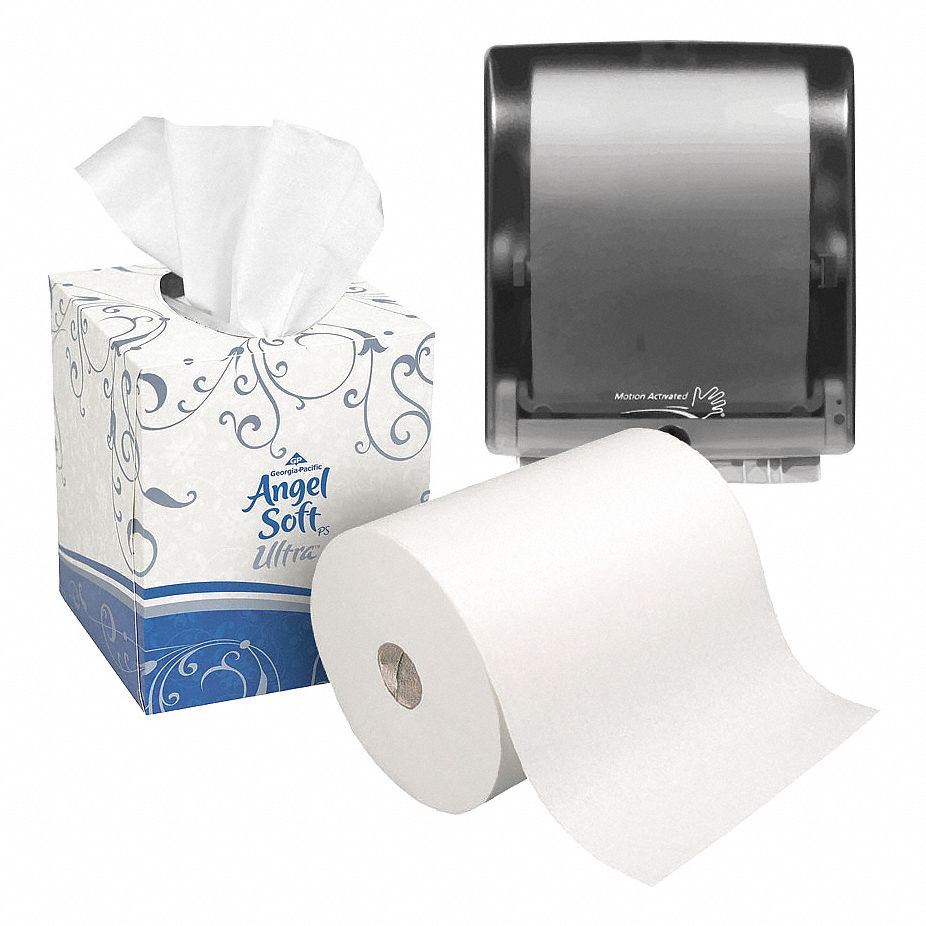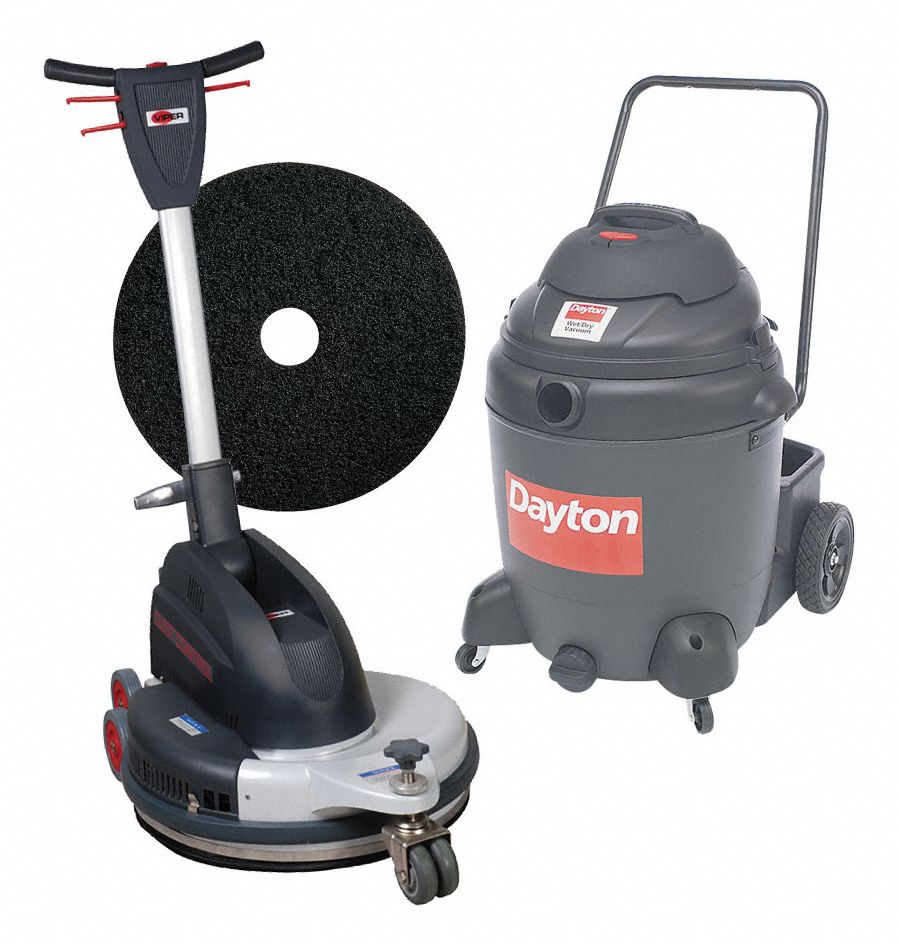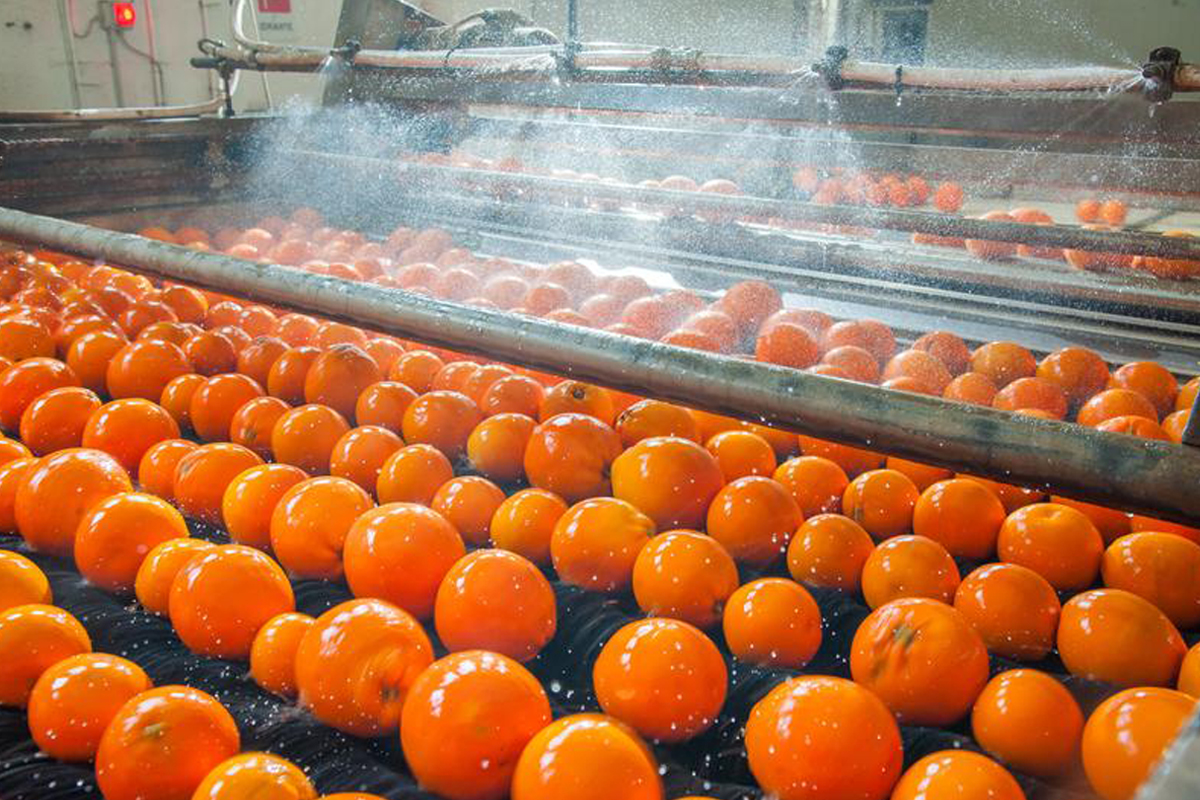

Five Ways to Conserve Water and Save Money in the Food and Beverage Industry
By Grainger Editorial Staff


Food and beverage companies depend heavily on water for their manufacturing processes. According to research from McKinsey & Company, by 2030 the current water supply will satisfy only 60 percent of the global demand for water. Food and beverage companies place an inordinate strain on the water supply which means they can also play a significant role in helping the environment—if they're able to conserve more water.
Here are five tactics food and beverage manufacturers can use to conserve water and save on utility costs in the process:
1. Conserve water by understanding your water footprint.
Assessing your water footprint means analyzing the total volume of water used to produce a product. When Coca-Cola assessed its water footprint, it discovered that 80 percent of the company's water use derived from their agricultural ingredient supply chain. Coca-Cola then worked with the World Wildlife Foundation, The Nature Conservancy, and others to assess water embedded in their products, packaging, and ingredients.
Like Coca-Cola, other beverage companies are focused on reducing their water footprint - particularly in the agricultural area. Katja Zastrow, vice president of corporate social responsibility for Anheuser Busch told the Environmental Leader in June of 2018 that "In the beer business, water is the essential ingredient and our number one resource. It plays a critical role for the entire brewing process, from our agricultural input to making the beer itself." She further stated: "With our goals, we want to reduce water usage by another 9% by 2025. Some of our breweries are leading the way on meeting those targets already."
2. Choose equipment that consumes less water.
Production and irrigation equipment can have a large impact on water consumption. In an effort to conserve 16 billion liters of water from its 2006 baseline, Pepsi began using equipment that required less water. As a result, the company reduced their water and energy-related costs by more than $45 million in 2011. In addition, they used innovative irrigation and fertilization techniques to reduce water consumption throughout their global supply chain. While such efforts began several years ago, Pepsi's efforts continue to improve.
3. Use short interval control (SIC) for water preservation.
Short interval control (SIC) is a best practice developed to analyze water consumption in short intervals and analyzes performance on an ongoing basis. By understanding water conservation in shorter intervals, SIC helps identify long-term best practices. In 2008, MillerCoors LLC used SIC to reduce the 4.1 barrels (129 gallons) of water it takes to produce one barrel of beer, to an average of 3.6 barrels (113 gallons).
According to a more recent report in the Environmental Leader, MillerCoors' earlier efforts continue into 2018 with an aggressive water conservation strategy "focused on working with farmers, NGOs and local municipalities to improve water efficiency and manage wastewater in its breweries; lead water conservation, improve soil health and biodiversity, and advance water restoration efforts in brewery watersheds;reduce water use in agricultural supply chain."
4. Set water usage goals for reuse.
As simple as it may sound, setting a proactive goal for water reuse is a very effective way to conserve water. Coca-Cola, for example, set a goal to be water neutral. Their operational water usage goal is to return 100% of the water used in their beverages and their production, back to nature. They hope to reach 100% by 2020.
Setting goals is a smart first step in building a water conservation program. These goals should include understanding how much water is used per unit of production, where a facility’s water is sourced, and where and how it is discharged. Set the goals with this information in mind and share widely throughout the organization. Pepsi has similarly followed suit and are now putting their plans into action, implementing water reuse actions to help reduce overall water consumption.
5. Implement a water reuse plan.
Like Pepsi's earlier initiatives, Procter and Gamble announced in early 2018 a new goal "to use 100% renewable energy
at all of its plants by 2030. In addition, the company’s plants will source 5 billion liters of water from circular [reusable] sources to recognize a 35% increase in water efficiency."
Water conservation methods are becoming more prevalent as different sectors, such as the food and beverage industry, realize how important it is not only as a social responsibility and to the environment, but also to their operating costs. By implementing a water reuse plan, setting goals for such reuse, using short interval control practices, choosing equipment with lower water consumption and understanding their water footprint, food, and beverage companies are on the way to meeting water preservation goals.
![]()
The information contained in this article is intended for general information purposes only and is based on information available as of the initial date of publication. No representation is made that the information or references are complete or remain current. This article is not a substitute for review of current applicable government regulations, industry standards, or other standards specific to your business and/or activities and should not be construed as legal advice or opinion. Readers with specific questions should refer to the applicable standards or consult with an attorney.

